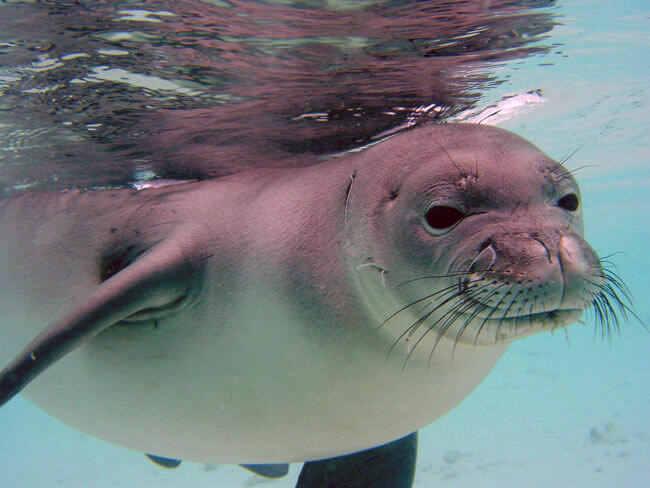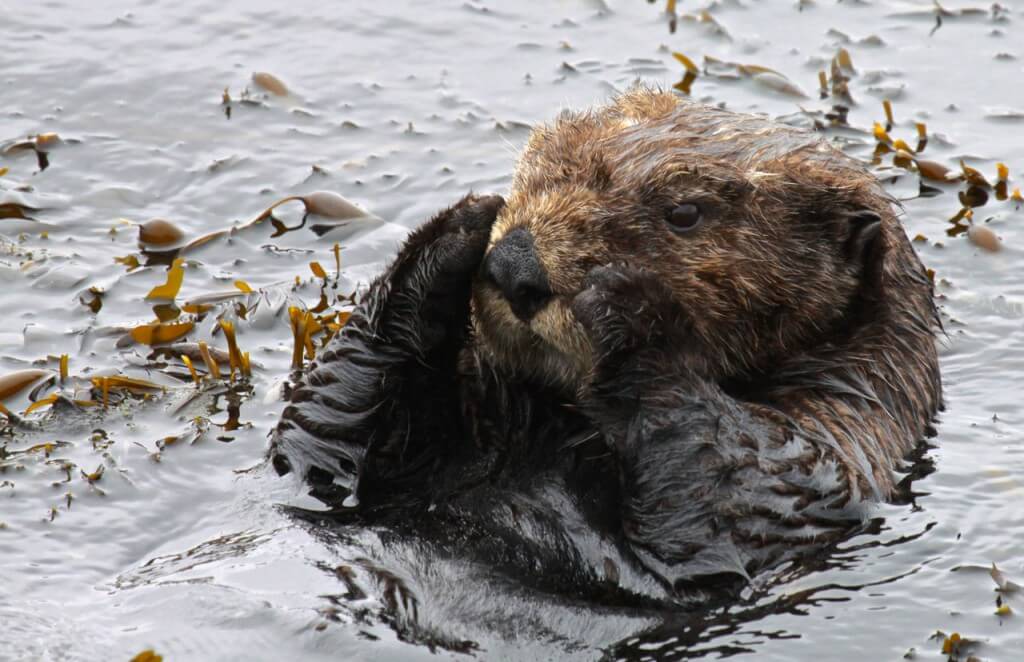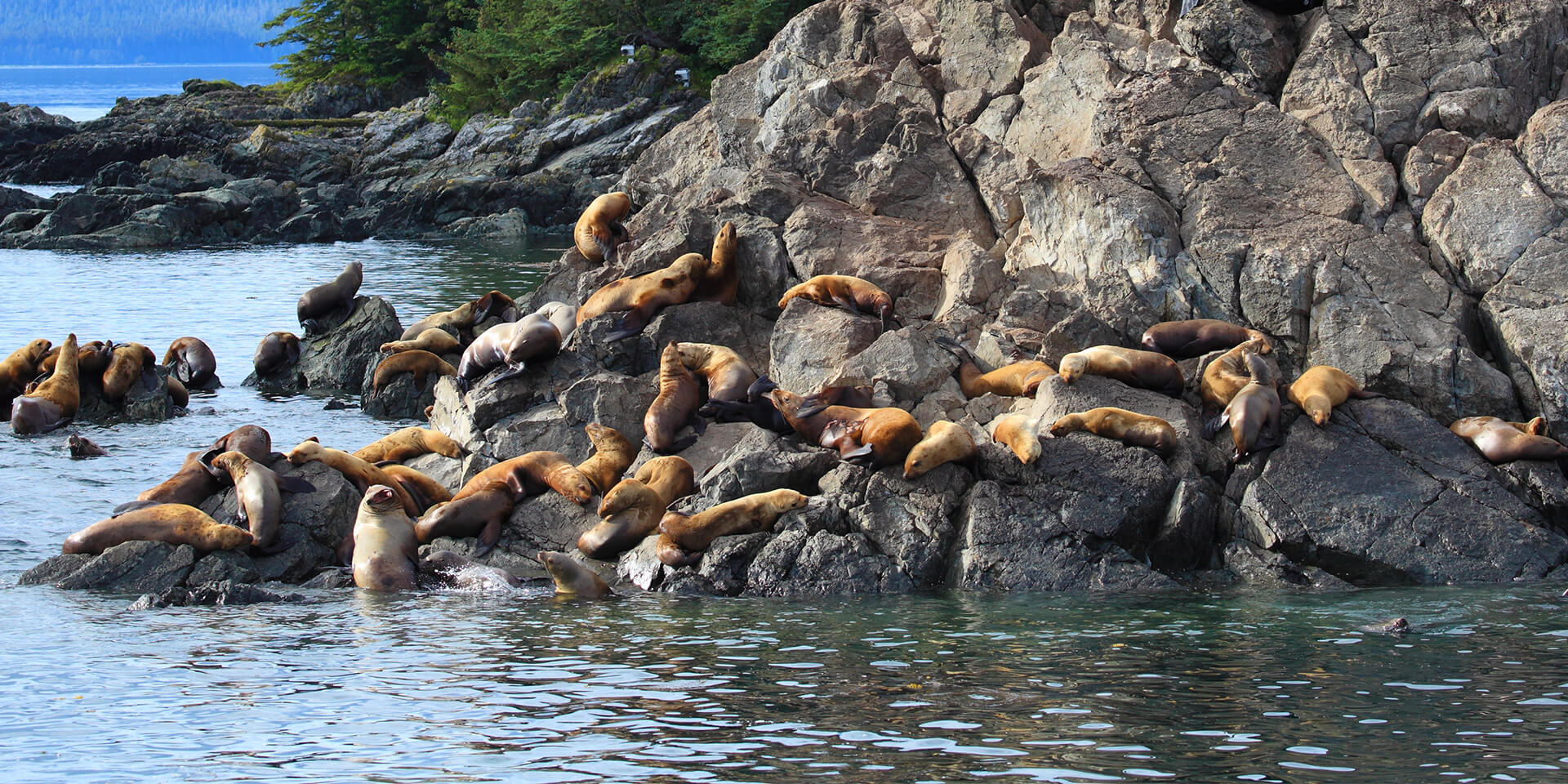Other Legislation and Agreements
In addition to the Marine Mammal Protection Act, other important legislation and agreements have been enacted to protect and conserve marine mammals and their ecosystems.
Legislation
Endangered Species Act
The Endangered Species Act (ESA) was signed on December 28, 1973 and provides for the conservation of animal and plant species that are endangered or threatened throughout all or a significant portion of their range and the conservation of the ecosystems on which they depend.
Numerous marine mammals are listed under the ESA including manatees, sea otters, and several pinnipeds (e.g., seals and sea lions) and cetaceans (e.g., whales and dolphins).
Full text of the Endangered Species Act of 1973
ESA Implementing Regulations
The U.S. Fish and Wildlife Service (FWS) and the National Oceanic and Atmospheric Administration’s National Marine Fisheries Service (NMFS) are responsible for implementing the ESA. Use the links below to learn more about the regulations and policies issued of FWS and NMFS for implementing the ESA:
Magnuson-Stevens Fishery Conservation and Management Act
The Magnuson–Stevens Act, is the primary law governing marine fisheries management in U.S. federal waters. Key objectives of the Magnuson-Stevens Act are to:
- prevent overfishing;
- rebuild overfished stocks;
- increase long-term economic and social benefits; and
- ensure a safe and sustainable supply of seafood.
Additionally, the law calls for reducing bycatch and establishing fishery information monitoring systems.
Learn more about the Magnuson–Stevens Act

Hawaiian monk seal swimming offshore. (NOAA)
National Environmental Policy Act
The National Environmental Policy Act (NEPA) of 1970 requires federal agencies to assess the environmental effects of their proposed actions prior to making decisions. Using the NEPA process, agencies evaluate the environmental and related social and economic effects of their proposed actions. Agencies also provide opportunities for public review and comment on those evaluations.
Full text of the National Environmental Policy Act
Outer Continental Shelf Lands Act
The Outer Continental Shelf Lands Act, which was enacted in 1953, defines the Outer Continental Shelf (OCS) as all submerged lands lying seaward of state coastal waters (three miles offshore) which are under U.S. jurisdiction. The Act specifies regulatory authority and requirements for exploration and development of oil and gas resources on the OCS.
Full text of the Outer Continental Shelf Lands Act (as amended 2000)
Animal Welfare Act
The Animal Welfare Act of 1966 requires that minimum standards of care and treatment be provided for certain animals bred for commercial sale, used in research, transported commercially, or exhibited to the public. Subpart E (9 CFR Part 3) of the regulations implementing the Act pertains specifically to marine mammals.
Full text of the Animal Welfare Act (as amended 2013)
Antarctic Conservation Act
The Antarctic Conservation Act of 1978 protects native mammals, birds, and plants and their ecosystems. Unless authorized by permit, the Act makes it unlawful to:
- take native mammals or birds;
- engage in harmful interference;
- enter specially designated areas;
- introduce species to Antarctica;
- introduce substances designated as pollutants;
- discharge designated pollutants; and
- import certain Antarctic items into the U.S.
Full text of the Antarctic Conservation Act
Arctic Research and Policy Act
The Arctic Research and Policy Act of 1984 provides for a comprehensive national policy dealing with national research needs and objectives in the Arctic.
Full text of the Arctic Research and Policy (as amended 1990)

Southern sea otter resting in a small patch of kelp. (Lilian Carswell, FWS)
Coastal Zone Management Act
The Coastal Zone Management Act was passed in 1972 to encourage coastal states to develop and implement coastal zone management plans. The Act was established as a U.S. national policy to preserve, protect, develop, and where possible, restore or enhance, the resources of the Nation’s coastal zone, balancing economic development with environmental conservation.
Full text of the Coastal Zone Management Act (as amended 2005)
Data Quality Act
The Data Quality Act directs the White House Office of Management and Budget to issue “policy and procedural guidance to Federal agencies” to ensure the “quality” of information disseminated by the federal government.
Full text of the Data Quality Act
International Agreements
Commission for the Conservation of Antarctic Marine Living Resources
The Commission for the Conservation of Antarctic Marine Living Resources (CCAMLR) was established by international convention in 1982 with the objective of conserving Antarctic marine life. CCAMLR has 25 member countries, and a further 11 countries have acceded to the Convention. Based on the best available scientific information, the CCAMLR agrees to a set of conservation measures that determine the use of marine living resources in the Antarctic.
View documents that outline the governing principles, rules, and regulations of CCAMLR
Convention on International Trade in Endangered Species of Wild Fauna and Flora
The Convention on International Trade in Endangered Species of Wild Fauna and Flora (CITES) is an international agreement between governments. Its aim is to ensure that international trade in specimens of wild animals and plants does not threaten their survival.
International Convention for the Regulation of Whaling
The International Convention for the Regulation of Whaling provides for the proper conservation of whale stocks in an effort to make possible the orderly development of the whaling industry.
